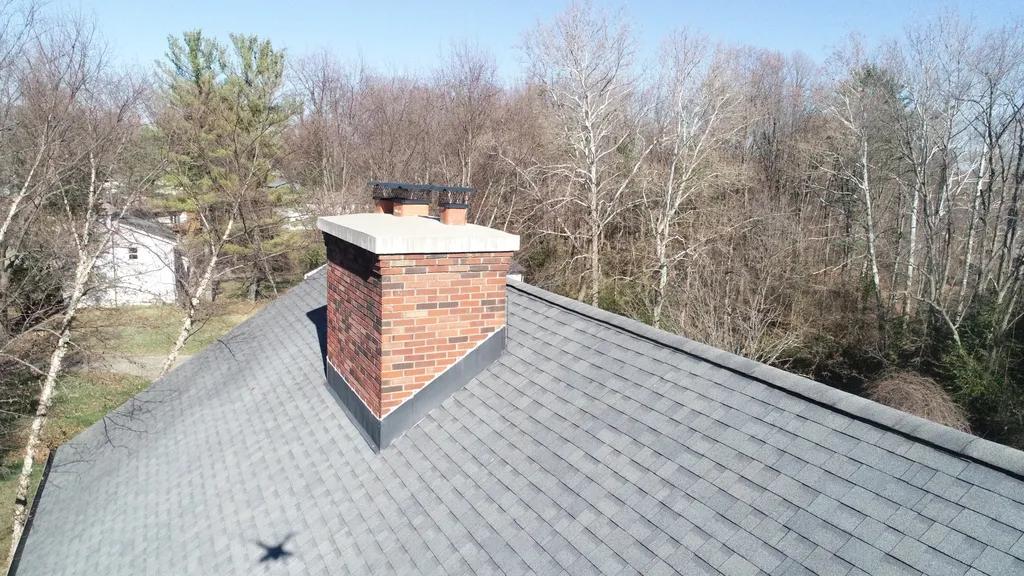Loose bricks may seem like a minor issue, but left unattended, they can lead to significant structural damage and safety concerns. In this article, we will discuss effective techniques for repairing loose bricks to ensure the longevity and stability of your building. From identifying the root cause of the problem to selecting the right materials and tools, we will provide you with essential information to successfully tackle this common issue. By following these expert tips, you can prevent further deterioration and maintain the integrity of your brickwork for years to come.
Table of Contents
- Common Causes of Loose Bricks
- Assessment and Preparation
- Recommended Tools and Materials
- Step-by-Step Repair Process
- Q&A
- In Summary

Common Causes of Loose Bricks
Loose bricks are a common issue that many homeowners face, but knowing the common causes can help in effectively repairing them. One of the primary reasons for loose bricks is poor installation. If the bricks were not properly bonded together or adequate mortar wasn’t used during installation, they are more likely to become loose over time.
Another common cause of loose bricks is water damage. When water seeps into the mortar joints, it can weaken the bond between the bricks and lead to them becoming loose. Additionally, environmental factors such as freezing and thawing cycles can also contribute to bricks becoming loose. By addressing these common causes effectively, homeowners can ensure their brick structures remain sturdy and secure for years to come.

Assessment and Preparation
Loose bricks in your home can not only be unsightly but also pose a safety hazard if left unrepaired. To effectively repair loose bricks, it is essential to assess the extent of the damage and properly prepare the area before beginning any repair work. One effective technique for repairing loose bricks is to carefully remove the loose brick without causing any further damage to surrounding bricks or mortar.
Once the loose brick has been removed, thoroughly clean the area to remove any debris or loose mortar. Next, carefully inspect the surrounding bricks and mortar joints to check for any additional damage that may need to be addressed. Use a high-quality mortar mix to securely reattach the loose brick, ensuring that it is level and properly aligned with the surrounding bricks. Finally, allow the mortar to properly cure before finishing with any necessary touch-ups or sealing to protect the repair.

Recommended Tools and Materials
When repairing loose bricks, it is essential to have the right tools and materials to ensure a successful outcome. Here are some recommended items to have on hand:
- Masonry chisel and hammer: for removing loose mortar and bricks.
- Trowel: for applying new mortar.
- Masonry brush: for cleaning excess mortar.
- Gloves: to protect your hands.
Additionally, you will need the following materials:
- Mortar mix: for securing the bricks in place.
- Water: to mix with the mortar.
- Caulk: for sealing any gaps or cracks.
- Level: to ensure the bricks are properly aligned.

Step-by-Step Repair Process
When it comes to repairing loose bricks, it’s essential to follow a step-by-step process to ensure a successful outcome. One effective technique is to start by carefully removing any loose mortar around the loose brick using a chisel and hammer. Be sure to wear protective gear such as gloves and safety glasses to prevent any injuries.
- Inspect the brick for any damage or cracks.
- Apply a bonding agent to the cleaned area before replacing the loose brick.
- Reposition the brick back into place and gently tap it with a mallet to ensure a secure fit.
Next, mix a small batch of mortar following the manufacturer’s instructions. Apply the mortar around the edges of the brick using a trowel, making sure to fill any gaps or spaces. Smooth out the surface of the mortar using a finishing tool for a professional-looking finish. Allow the mortar to cure for the recommended time before checking the repair for stability.
Q&A
Q: Why do bricks become loose?
A: Bricks can become loose due to various reasons such as weather exposure, poor construction, or shifting foundations.
Q: What are some common techniques for repairing loose bricks?
A: Some effective techniques for repairing loose bricks include repointing, epoxy injection, and using mortar to secure the bricks in place.
Q: How can I prevent bricks from becoming loose in the future?
A: To prevent bricks from becoming loose in the future, it is important to ensure proper construction techniques are used, regularly inspect and maintain the bricks, and address any issues promptly.
Q: Can I repair loose bricks on my own or should I hire a professional?
A: While some minor repairs can be done by homeowners, it is recommended to hire a professional for more complex repairs to ensure the job is done correctly and safely.
Q: Are there any long-term solutions for preventing loose bricks?
A: Yes, using high-quality materials, proper installation techniques, and regular maintenance can help prevent bricks from becoming loose in the long term.
In Summary
In conclusion, repairing loose bricks is essential to maintain the structural integrity and aesthetics of a building. By utilizing the techniques discussed in this article, such as securing loose bricks with mortar or anchors, you can effectively address this common issue.
Remember to always prioritize safety and proper equipment when undertaking brick repair projects, and consult with a professional if you are unsure of the best approach. With the right tools and techniques, you can restore your brickwork to its original strength and beauty. Thank you for reading and good luck with your brick repair projects.


